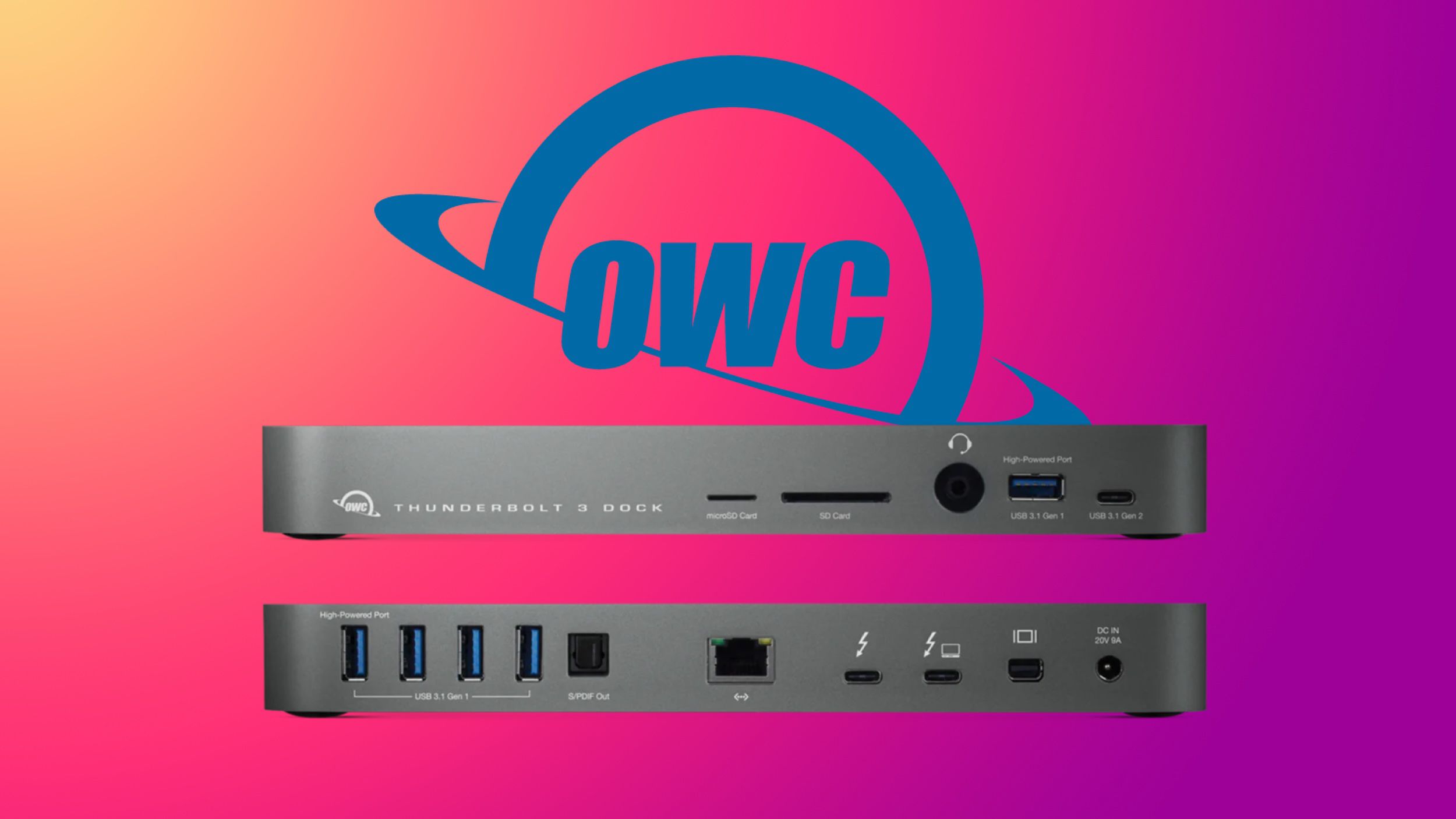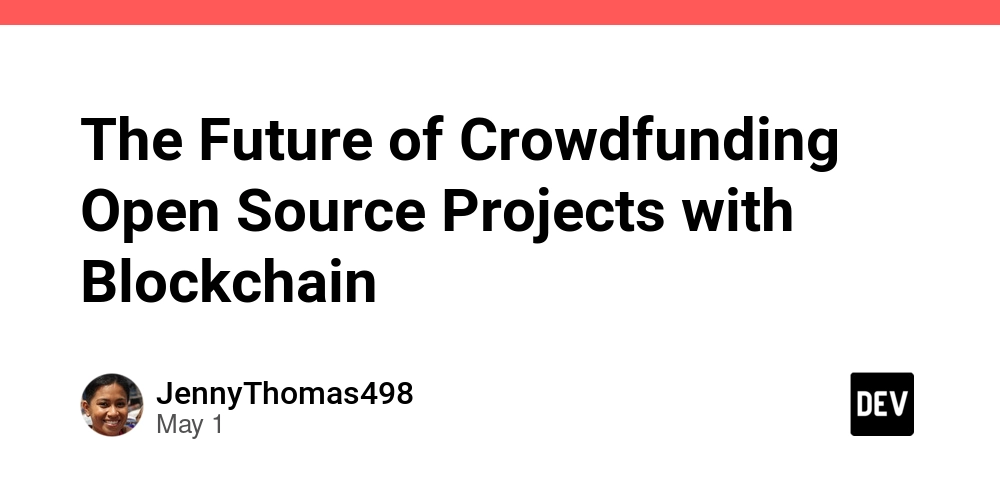Funding Open Source Software: Bridging Blockchain, NFTs, and Sustainable Development
Abstract: In today’s digital ecosystem, open source software is the backbone of modern innovation. However, the sustainability of these projects increasingly relies on innovative funding models that combine traditional approaches with state‐of‐the‐art blockchain technology and NFT mechanisms. This post explores the evolution of funding models—from corporate sponsorships and community donations to grant funding and dual licensing—and demonstrates how blockchain’s transparent ledger techniques and NFT incentives are reshaping open source ecosystems. By examining historical context, core concepts, practical applications, challenges, and future trends, we provide a detailed analysis aimed at developers, business leaders, and enthusiasts eager to harness these innovations for a more sustainable, transparent, and inclusive digital future. Introduction Open source software (OSS) has long been an engine for innovation and collaboration. As digital infrastructure grows more complex, the need for sustainable and transparent funding models is essential. Today, many projects not only depend on traditional corporate sponsorships and donations, but also on revolutionary financing options such as blockchain-based decentralized funding and non-fungible tokens (NFTs) as incentive mechanisms. These emerging strategies are bridging the gap between community-driven software development and sustainable financial backing. In this post, we build on insights from the original article, Funding Open Source Software: Bridging Blockchain, NFTs, and Sustainable Development, and extend the discussion to include additional innovations, technical explanations, and real-world examples that showcase how open source funding is evolving in the age of blockchain and decentralized frameworks. Background and Context Open source software redefined the way technology is developed and shared. Beginning with revolutionary initiatives like Linux and the GNU Project, OSS has empowered global communities to freely access, modify, and enhance software without vendor lock-in. In the early days, the funding model for open source was often based purely on volunteer contributions and modest donations—a “free as in beer” philosophy. However, with the increasing complexity and strategic importance of digital infrastructure, unsustainable funding can compromise security, code quality, and innovation. Historical challenges such as the infamous Heartbleed bug in OpenSSL highlighted vulnerabilities inherent in projects that lacked continuous financial support. As digital transformation accelerates, the ecosystem now embraces diverse funding strategies. These include: Corporate Sponsorships: Major technology companies such as Google, Microsoft, and Amazon invest directly in OSS projects to ensure reliability and enhance their own technology stacks. Crowdfunding and Donations: Platforms like GitHub Sponsors and Patreon empower communities to contribute micro-donations, enabling passionate users to back the projects they rely on. Grants and Nonprofit Foundations: Organizations such as the Linux Foundation and Mozilla Foundation provide grants that support long-term development and maintenance. Dual Licensing and Subscriptions: Many projects offer commercial versions alongside the free open source core, balancing community interests with enterprise needs. Blockchain technology has emerged as a key solution to some of these funding challenges. The technology’s immutable ledger offers transparent tracking for financial transactions and contributions. Furthermore, the incorporation of NFT-based rewards creates unique, verifiable digital tokens that can represent contributions, voting rights, or even revenue shares. For instance, initiatives that use arbitrum and blockchain interoperability illustrate how blockchain can foster trust and decentralize governance in open source projects. Legislative shifts and evolving intellectual property frameworks continue to play a significant role. As governmental bodies and regulatory agencies enforce new guidelines for digital assets—and specifically NFT ownership—the industry has had to adapt its funding models for compliance and transparency. These trends not only improve accountability but also elevate the status of open source projects by making financial contributions clearly visible and auditable. Many contemporary resources, including developments in arbitrum and De-Fi yield and arbitrum and NFT marketplaces, further validate the growing convergence between financial innovation and open source funding. This synthesis of new technology with proven funding methods has positioned open source projects at the forefront of sustainable digital development. Core Concepts and Features In this section, we explore the various funding models and technological integrations that sustain open source software. We will detail the core features, examine overlapping strategies, and discu
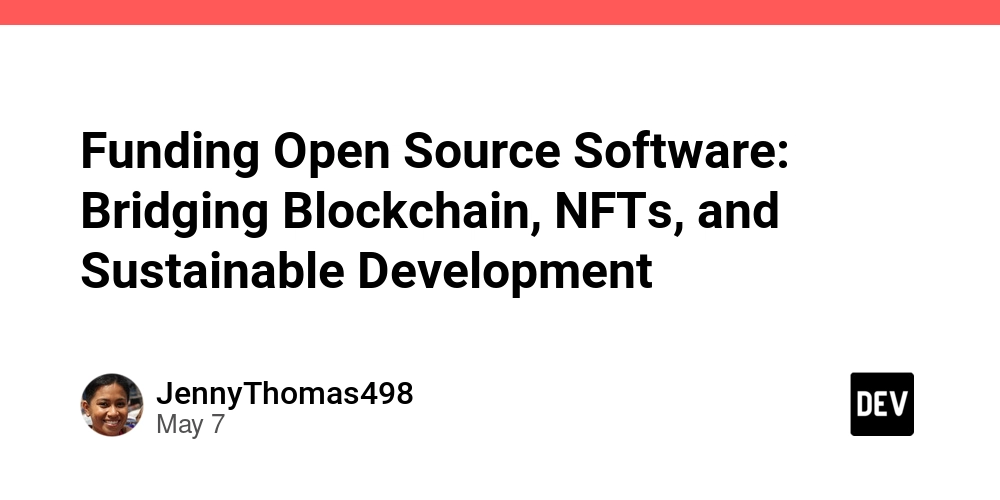
Abstract:
In today’s digital ecosystem, open source software is the backbone of modern innovation. However, the sustainability of these projects increasingly relies on innovative funding models that combine traditional approaches with state‐of‐the‐art blockchain technology and NFT mechanisms. This post explores the evolution of funding models—from corporate sponsorships and community donations to grant funding and dual licensing—and demonstrates how blockchain’s transparent ledger techniques and NFT incentives are reshaping open source ecosystems. By examining historical context, core concepts, practical applications, challenges, and future trends, we provide a detailed analysis aimed at developers, business leaders, and enthusiasts eager to harness these innovations for a more sustainable, transparent, and inclusive digital future.
Introduction
Open source software (OSS) has long been an engine for innovation and collaboration. As digital infrastructure grows more complex, the need for sustainable and transparent funding models is essential. Today, many projects not only depend on traditional corporate sponsorships and donations, but also on revolutionary financing options such as blockchain-based decentralized funding and non-fungible tokens (NFTs) as incentive mechanisms. These emerging strategies are bridging the gap between community-driven software development and sustainable financial backing. In this post, we build on insights from the original article, Funding Open Source Software: Bridging Blockchain, NFTs, and Sustainable Development, and extend the discussion to include additional innovations, technical explanations, and real-world examples that showcase how open source funding is evolving in the age of blockchain and decentralized frameworks.
Background and Context
Open source software redefined the way technology is developed and shared. Beginning with revolutionary initiatives like Linux and the GNU Project, OSS has empowered global communities to freely access, modify, and enhance software without vendor lock-in. In the early days, the funding model for open source was often based purely on volunteer contributions and modest donations—a “free as in beer” philosophy. However, with the increasing complexity and strategic importance of digital infrastructure, unsustainable funding can compromise security, code quality, and innovation.
Historical challenges such as the infamous Heartbleed bug in OpenSSL highlighted vulnerabilities inherent in projects that lacked continuous financial support. As digital transformation accelerates, the ecosystem now embraces diverse funding strategies. These include:
- Corporate Sponsorships: Major technology companies such as Google, Microsoft, and Amazon invest directly in OSS projects to ensure reliability and enhance their own technology stacks.
- Crowdfunding and Donations: Platforms like GitHub Sponsors and Patreon empower communities to contribute micro-donations, enabling passionate users to back the projects they rely on.
- Grants and Nonprofit Foundations: Organizations such as the Linux Foundation and Mozilla Foundation provide grants that support long-term development and maintenance.
- Dual Licensing and Subscriptions: Many projects offer commercial versions alongside the free open source core, balancing community interests with enterprise needs.
Blockchain technology has emerged as a key solution to some of these funding challenges. The technology’s immutable ledger offers transparent tracking for financial transactions and contributions. Furthermore, the incorporation of NFT-based rewards creates unique, verifiable digital tokens that can represent contributions, voting rights, or even revenue shares. For instance, initiatives that use arbitrum and blockchain interoperability illustrate how blockchain can foster trust and decentralize governance in open source projects.
Legislative shifts and evolving intellectual property frameworks continue to play a significant role. As governmental bodies and regulatory agencies enforce new guidelines for digital assets—and specifically NFT ownership—the industry has had to adapt its funding models for compliance and transparency. These trends not only improve accountability but also elevate the status of open source projects by making financial contributions clearly visible and auditable.
Many contemporary resources, including developments in arbitrum and De-Fi yield and arbitrum and NFT marketplaces, further validate the growing convergence between financial innovation and open source funding. This synthesis of new technology with proven funding methods has positioned open source projects at the forefront of sustainable digital development.
Core Concepts and Features
In this section, we explore the various funding models and technological integrations that sustain open source software. We will detail the core features, examine overlapping strategies, and discuss how transparency and community control are being redefined by blockchain and NFT implementations.
1. Diverse Funding Models for OSS
Corporate Sponsorships:
Large corporations see direct value in contributing to open source projects. Their investments come with mutual benefits, including technical support and enhanced stability. However, reliance on corporate money may sometimes influence project direction toward enterprise needs rather than community interests.
Crowdfunding and Donations:
Micro-donations and sponsorships on platforms such as GitHub Sponsors bring the power of community funding to the forefront. This method democratizes support but may be subject to fluctuations in public interest and economic changes.
Grants and Nonprofit Funding:
Grant-based funding from institutions like the Mozilla Foundation ensures constant financial support for critical infrastructure projects and research. While more stable, these funds are often earmarked for specific areas, limiting broader project needs.
Dual Licensing and Subscriptions:
Financing via dual licensing allows projects to remain free for community users while monetizing advanced features for enterprise clients through subscriptions. Balancing open access with revenue generation remains a delicate challenge.
2. Blockchain and NFT Integration
Blockchain technology empowers open source funding with enhanced security and decentralization. Key benefits include:
- Transparency: Blockchain’s immutable ledger records every transaction, ensuring accountability.
- Smart Contracts: Automated disbursement of funds via smart contracts minimizes administrative overhead and reduces errors in manual processing.
- Decentralized Finance (DeFi): Projects can integrate DeFi protocols to offer tokenized rewards in real time, tying financial incentives to community contributions.
NFT-Based Incentives:
Non-fungible tokens have moved beyond digital art—they now serve as dynamic contributions to fundraising widgets. NFTs can act as rewards that attest to a developer’s contribution, provide unique governance rights, or even represent a portion of project revenue. This approach deepens community involvement and creates a vibrant ecosystem where tangible and symbolic rewards coexist.
3. Synergies and Overlapping Features
Many successful open source projects blend several funding strategies. Below is a summary table comparing these models:
| Funding Model | Key Benefits | Challenges |
|---|---|---|
| Corporate Sponsorships | Steady, large-scale contributions; technical expertise | Potential influence on project direction |
| Crowdfunding/Donations | Democratizes funding; high community engagement | Revenue unpredictability; sensitive to economic shifts |
| Grants/Nonprofit Funding | Stability; research and maintenance support | Competitive; limited scope for general funding |
| Dual Licensing & Subscriptions | Diversified income streams; commercial forays | Balancing free and premium offerings |
| NFT-Based Incentives | Unique rewards; transparent and immutable fund tracking | Regulatory uncertainty; market volatility |
4. Overlapping Concepts
Transparency and Trust:
Blockchain drives accountability by recording every contribution in a tamper-proof ledger, thereby building trust among developers and sponsors alike.
Community Governance:
Tokenized voting systems, enabled by NFTs and decentralized platforms, empower community members to vote on funding allocations and project roadmaps, ensuring more democratic decision-making.
Incentivization:
Offering NFT rewards ties both symbolic and monetary value to each contribution. These efforts encourage deeper participation while creating an ecosystem where both traditional and innovative incentive models coexist.
Scalability and Efficiency:
Automating financial disbursements via smart contracts reduces overhead and increases efficiency—a key factor when scaling open source projects to enterprise-level performance.
Beyond these technical strengths, emerging trends such as decentralized autonomous organizations (DAOs) further enhance community control over funding decisions. For instance, arbitrum open source contributions demonstrate how DAO-like structures can manage and distribute funds transparently.
Applications and Use Cases
The implementation of diversified funding models in open source projects has practical implications across various industries. Below, we explore real-world use cases that illustrate the impact of these strategies.
1. Sustaining Blockchain Infrastructure
Case Study:
Blockchain projects require continuous development, rapid update cycles, and vigilant security measures. By blending corporate sponsorships with decentralized crowdfunding mechanisms, developers can finance critical infrastructure improvements. Smart contracts automatically trigger payment milestones when code enhancements satisfy predetermined conditions. As showcased in several arbitrum challenges, this model has proven effective in sustaining robust and secure networks.
Key advantages include:
- Automated Fund Distribution: Thanks to smart contracts, rewards are issued in real time with minimal administrative overhead.
- Enhanced Security: Frequent updates and vigilant maintenance reduce vulnerabilities and ensure network integrity.
- Decentralized Decision-Making: Community stakeholders hold a vote in fund allocation, reinforcing trust and accountability.
2. Empowering NFT Marketplaces and Digital Art Platforms
Case Study:
NFT marketplaces are redefining the art and digital collectibles space. By incorporating crowdfunding alongside NFT-based incentives, platforms create dual revenue channels. Contributors receive exclusive NFTs—a digital badge that confirms their support, with potential future benefits like early access to new art drops or participation in platform governance. This blend mirrors innovations seen in arbitrum and NFT marketplaces.
Practical benefits include:
- Community Engagement: NFT rewards help build a vibrant community of digital art enthusiasts and collectors.
- Transparency and Trust: Blockchain records every transaction, reinforcing accountability and reducing fraud.
- Dual Incentives: Both financial and symbolic rewards drive sustained interest from diverse contributors.
3. Supporting Enterprise-Grade Open Source Platforms
Case Study:
Many enterprises rely on open source software as the backbone of critical infrastructure. By using a combination of corporate sponsorships, subscription models, and targeted grant funding, these projects can deliver premium support and enhanced enterprise features while keeping the core product free for the broader community. Dual licensing ensures that free users benefit from open source software while enterprises receive dedicated support and advanced offerings.
Practical outcomes:
- Stable Revenue Streams: Diversified funding ensures continued project development and support.
- Improved Product Quality: Corporate partnerships bring in technical expertise and rigorous quality controls.
- Ecosystem Growth: Strong collaboration between corporate and community-driven models fuels innovation.
Bullet List Summary of Use Case Benefits:
- Automated Reward Systems via blockchain.
- Enhanced Security and Maintenance through community vigilance.
- Transparent Financial Dealings for trust and accountability.
- Hybrid Revenue Channels that combine traditional and innovative funding models.
Challenges and Limitations
Despite the promise held by new funding models, several challenges continue to threaten the sustainable growth of open source software.
Funding Volatility:
Crowdfunding and donation-based models are inherently unpredictable. Economic downturns or community sentiment shifts can lead to sudden changes in available funds.Developer Burnout and Resource Constraints:
Limited financial backing may force core developers to overwork, leading to burnout and reduced code quality.Technical Integration Complexity:
Merging disparate systems like blockchain, smart contracts, and traditional funding platforms requires significant expertise, potentially increasing the operational cost.Legal and Regulatory Uncertainty:
With the rapid evolution of NFT and blockchain regulations, projects must navigate a challenging legal landscape that can delay innovation or trigger compliance issues.Balancing Community and Corporate Interests:
Overreliance on corporate sponsorship can sometimes skew project priorities away from community needs, diluting the core values of open source collaboration.
Key limitations as bullet points:
- Unpredictable revenue streams from crowdfunding
- Potential developer fatigue impacting project momentum
- Technological complexity in integrating blockchain solutions
- Regulatory challenges in managing NFTs and digital assets
- Risk of misaligned interests between community and corporate sponsors
Addressing these challenges requires robust governance frameworks that include transparent auditing, diversified revenue streams, and effective community engagement strategies. Innovations such as decentralized autonomous organizations (DAOs) can help mediate these conflicts by ensuring that all stakeholders have a voice in financial decisions.
Future Outlook and Innovations
The future of open source funding is bright, driven by technological advances and evolving community dynamics. As blockchain platforms continue to mature, we can expect several key trends to shape this landscape:
Increased Blockchain Integration:
Blockchain platforms are set to achieve higher scalability and lower transaction fees. Advanced smart contracts will automate funding distribution with increased precision. Enhanced interoperability, as seen in arbitrum and blockchain interoperability, will create seamless cross-chain solutions, further reducing reliance on intermediaries.Evolving NFT Use Cases:
NFTs will continue to transition from collectibles to integral components of funding models. Future NFT applications may include revenue share tokens, governance access, or staking rights that provide tangible benefits beyond mere recognition.Hybrid Funding Models and Decentralized Governance:
The integration of diverse revenue sources—corporate sponsorship, grants, crowdfunding, and NFT incentives—will improve the robustness of open source funding. Decentralized governance models, powered by DAOs, will enable contributors to vote on funding decisions, ensuring a more balanced outlook that preserves community values.Sustainability and Ethical Funding Practices:
There is a growing emphasis on sustainable and ethical funding practices. Initiatives driven by green blockchain protocols and ethical compensation models that integrate environmental, social, and governance (ESG) criteria are on the rise. These efforts aim to align economic sustainability with broader social responsibility.Adoption of Advanced Governance Structures:
New regulatory guidelines and decentralized systems will empower communities to directly influence project direction. Tokenized voting mechanisms will become more refined, enhancing real-time decision-making and accountability.
Additional insights from Dev.to contributors, such as Exploring EthereumJ: A Beacon of Open Source Innovation in Blockchain and Bridging Blockchain, Cyberwarfare and NFT Innovation: A Comprehensive Analysis, further validate the transformative potential of these innovations. As the ecosystem evolves, developers, sponsors, and community members alike must embrace these future trends to secure a vibrant, inclusive, and sustainable open source future.
Summary
In conclusion, funding open source software through a blend of traditional methods and cutting-edge blockchain and NFT technologies represents a paradigm shift for digital innovation. By integrating corporate sponsorships, crowdfunding, grants, dual licensing, and decentralized finance, projects now stand on a stronger, more transparent financial footing.
Key takeaways include:
- Enhanced Transparency: Blockchain ensures every transaction is recorded, bolstering trust among stakeholders.
- Community Empowerment: Decentralized governance structures, powered by tokenized reward systems, enable community-driven decision-making.
- Hybrid Funding Resilience: A diversified funding mix protects against volatility and secures long-term development.
- Future Innovations: Advanced smart contracts, evolving NFT applications, and ethical funding practices are set to redefine open source ecosystems.
For further reading and to dive deeper into these fascinating topics, check out the original article on Funding Open Source Software: Bridging Blockchain, NFTs, and Sustainable Development. Also, explore related developments through resources like arbitrum and NFT marketplaces and arbitrum and De-Fi yield.
By embracing these innovative funding models, the open source community can ensure that its technological foundations remain secure, scalable, and inclusive for generations to come.
Additional Resources and Recommended Reading:
- Exploring EthereumJ: A Beacon of Open Source Innovation in Blockchain
- Bridging Blockchain, Cyberwarfare and NFT Innovation: A Comprehensive Analysis
- Open Source Project Backers – The Unsung Heroes of Innovation
Together, these advancements pave the way for a future where open source funding is sustainable, transparent, and equipped to meet the challenges of our rapidly evolving digital world.

























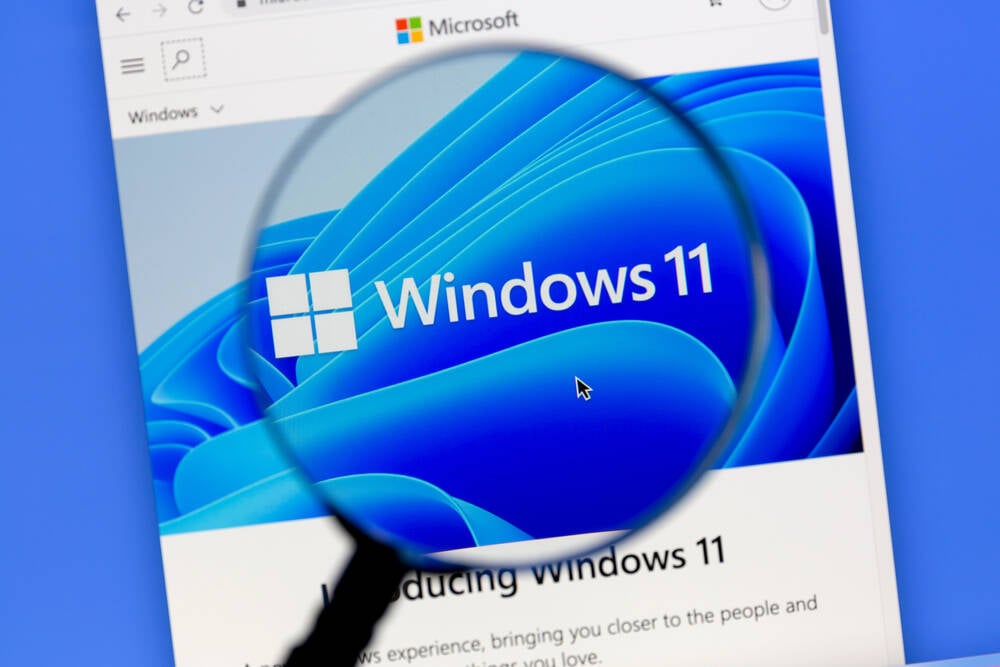


























%20Abstract%20Background%20102024%20SOURCE%20Amazon.jpg)
















































































































![[The AI Show Episode 146]: Rise of “AI-First” Companies, AI Job Disruption, GPT-4o Update Gets Rolled Back, How Big Consulting Firms Use AI, and Meta AI App](https://www.marketingaiinstitute.com/hubfs/ep%20146%20cover.png)












































































































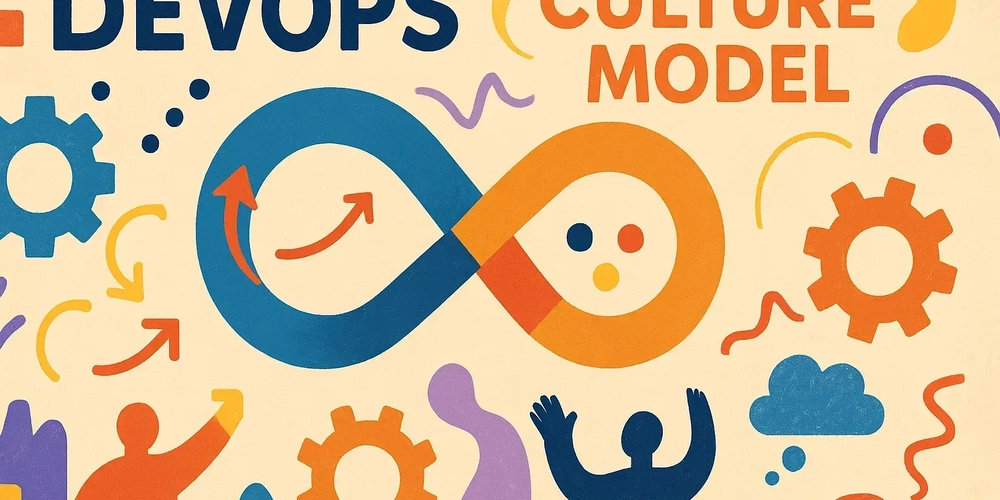

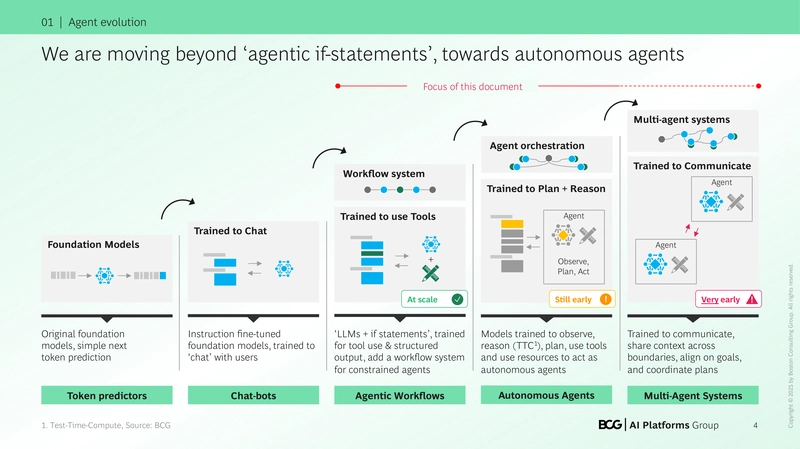



























































.jpg?#)


.jpg?#)









































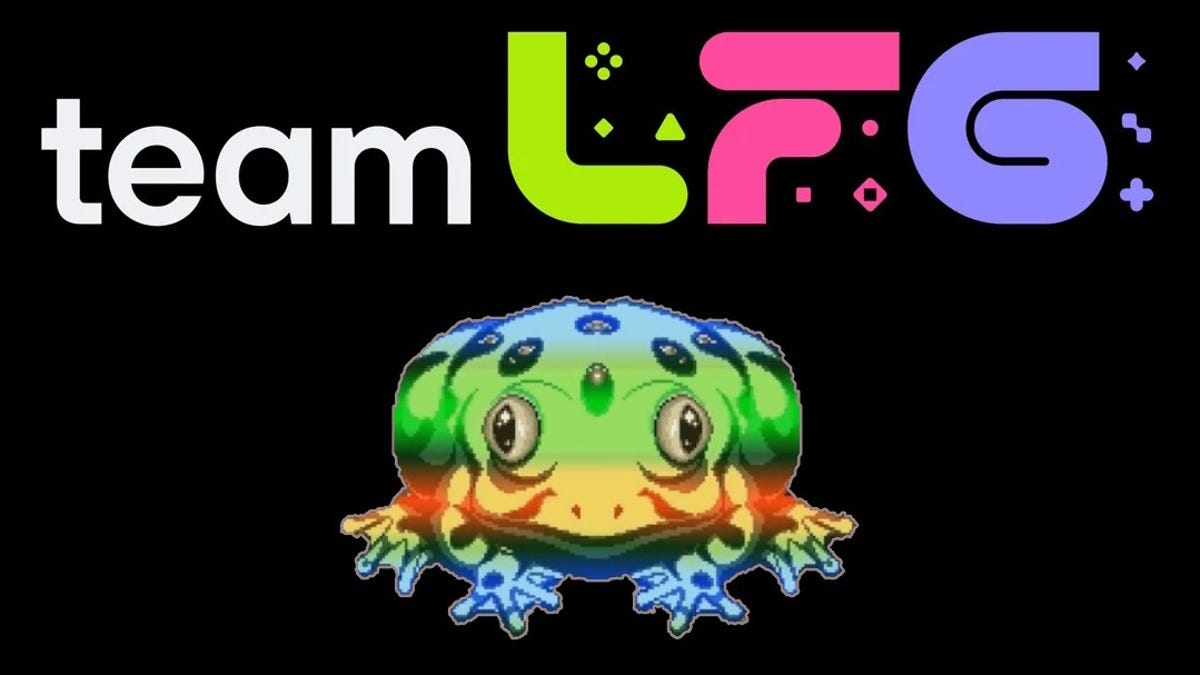














































_Wavebreakmedia_Ltd_IFE-240611_Alamy.jpg?width=1280&auto=webp&quality=80&disable=upscale#)

_Alexey_Kotelnikov_Alamy.jpg?width=1280&auto=webp&quality=80&disable=upscale#)
_Brian_Jackson_Alamy.jpg?width=1280&auto=webp&quality=80&disable=upscale#)













































































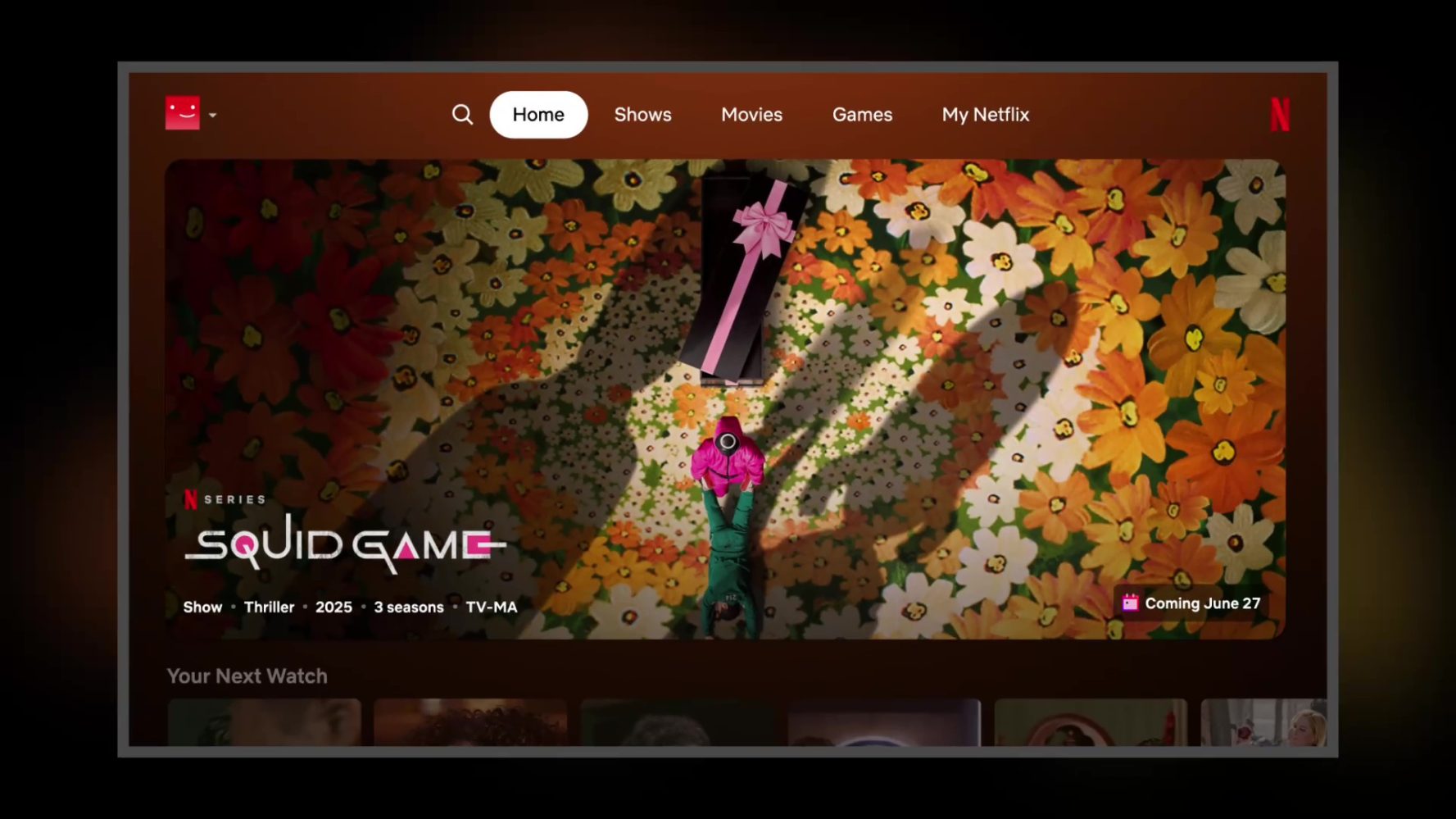




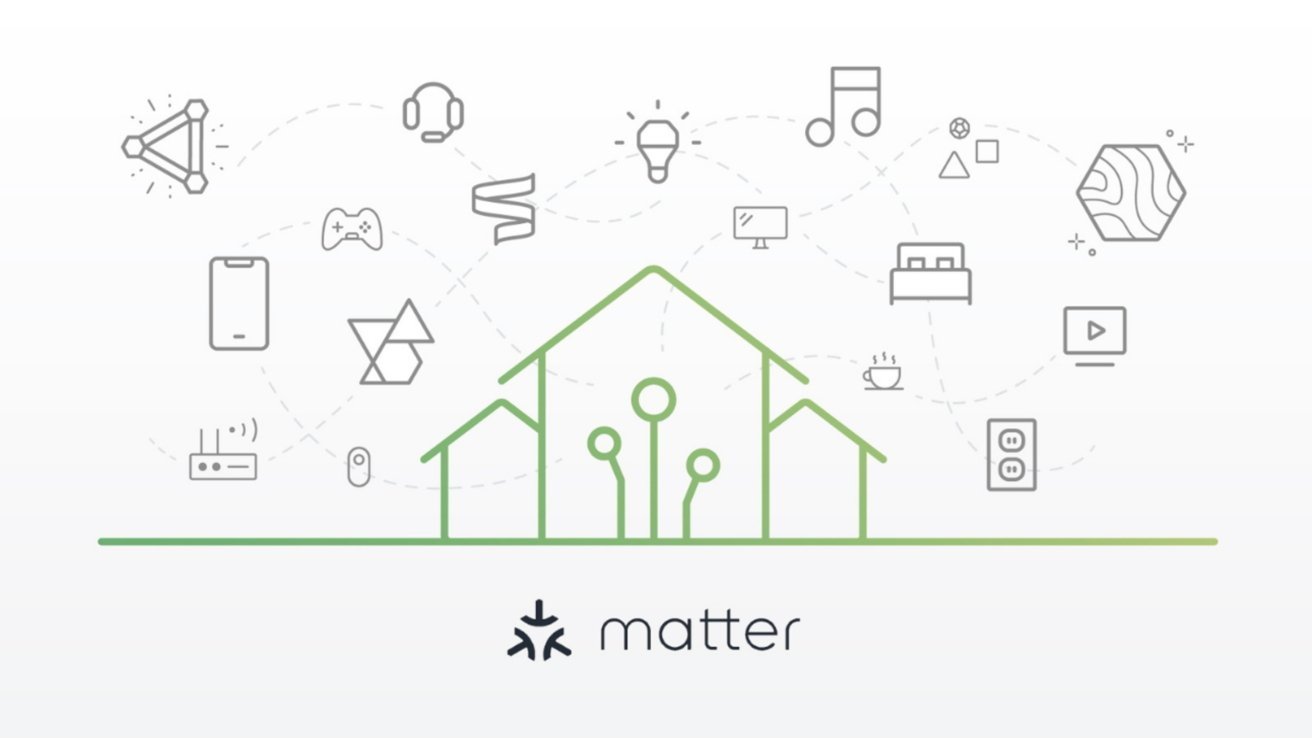

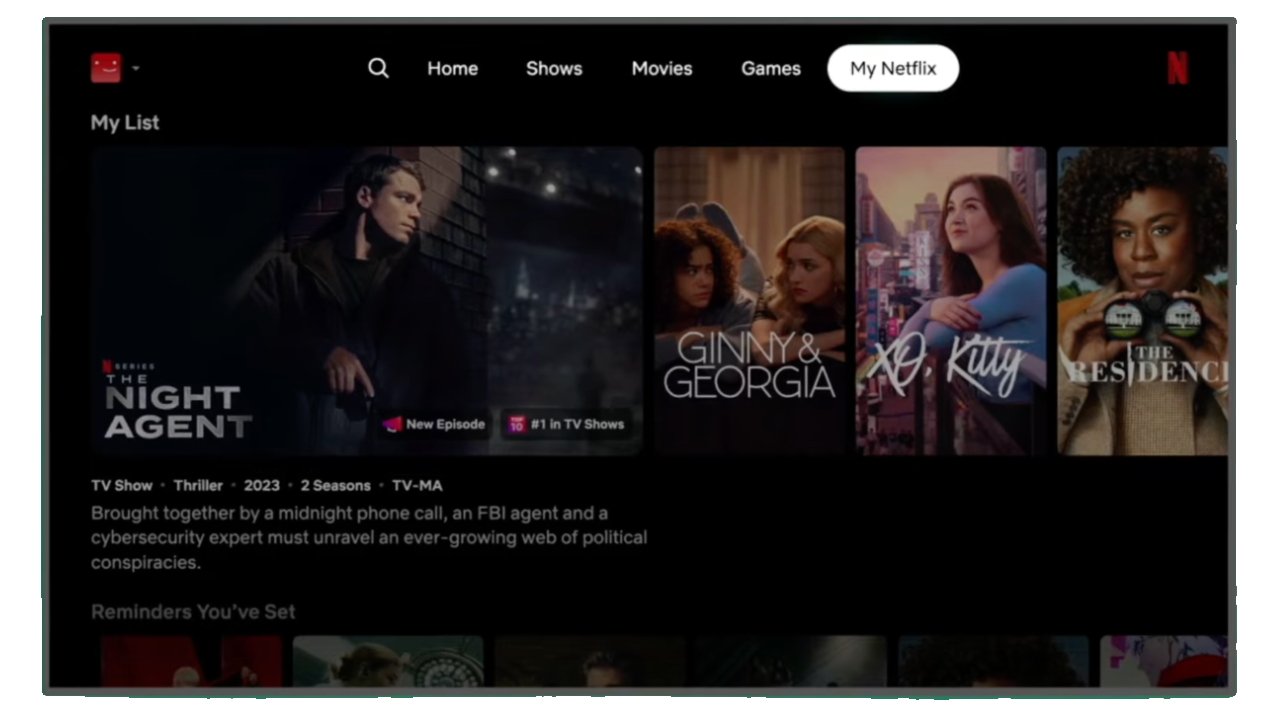

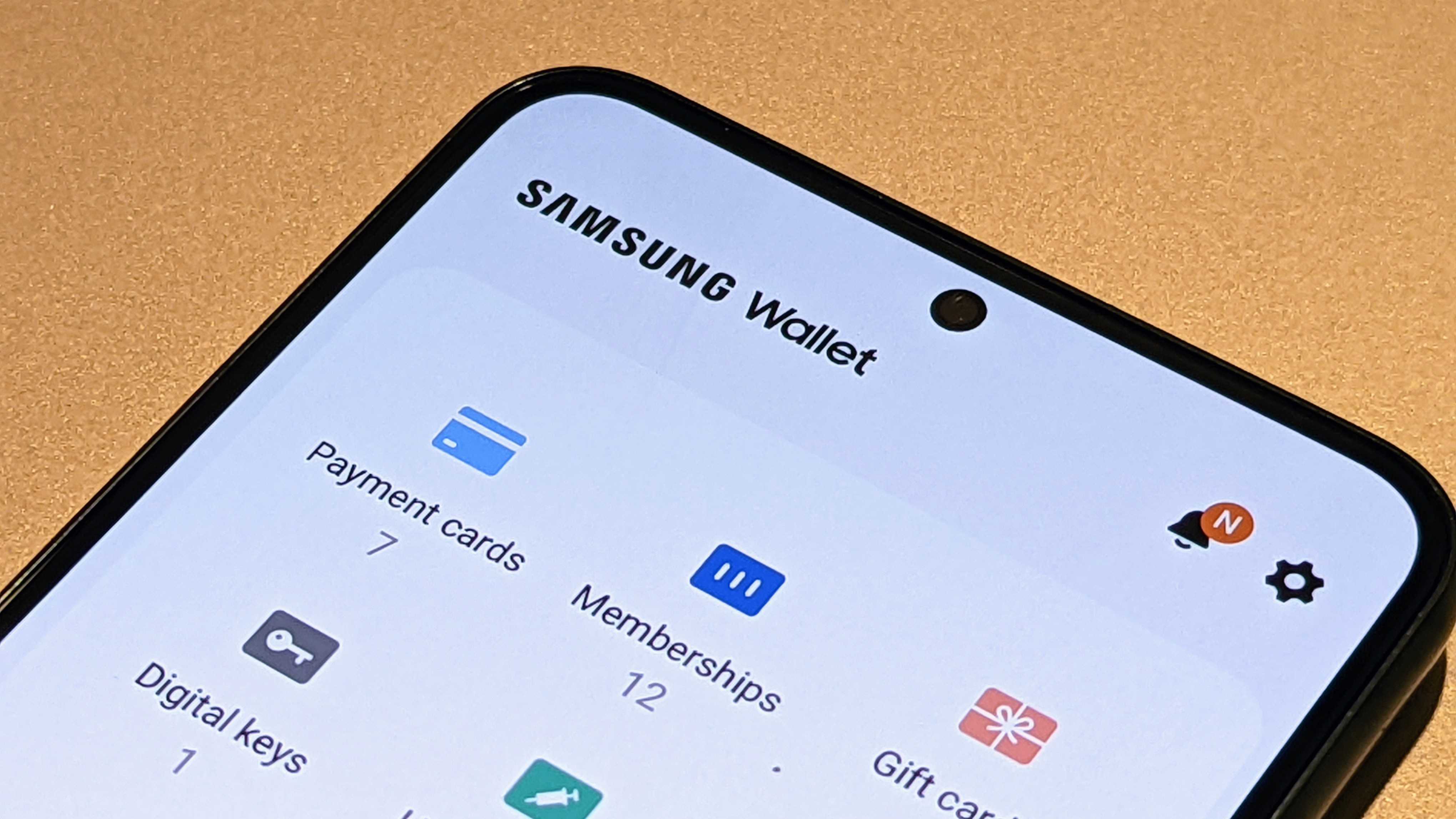























![Netflix Unveils Redesigned TV Interface With Smarter Recommendations [Video]](https://www.iclarified.com/images/news/97249/97249/97249-640.jpg)


![Apple Seeds visionOS 2.5 RC to Developers [Download]](https://www.iclarified.com/images/news/97240/97240/97240-640.jpg)









































